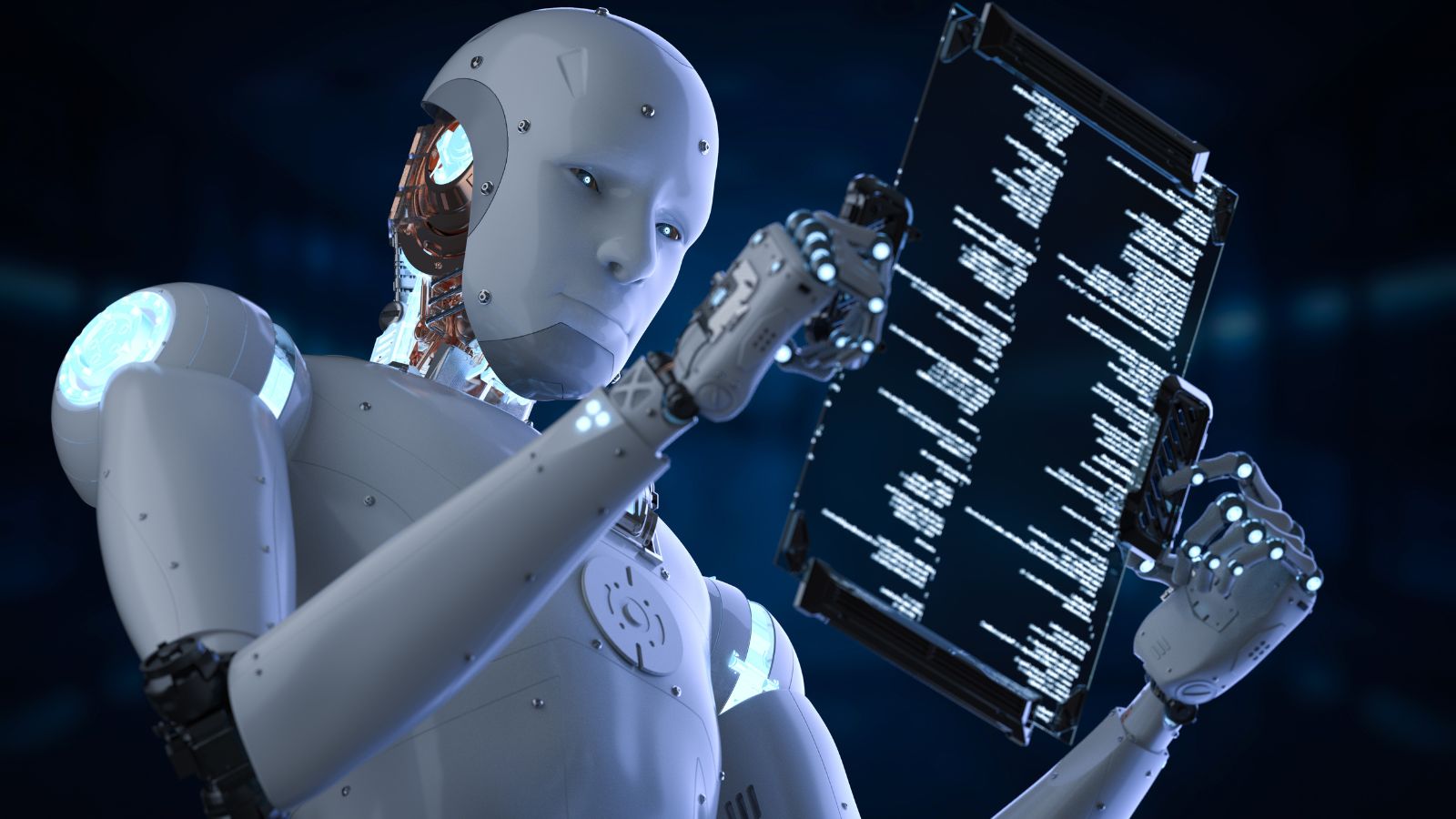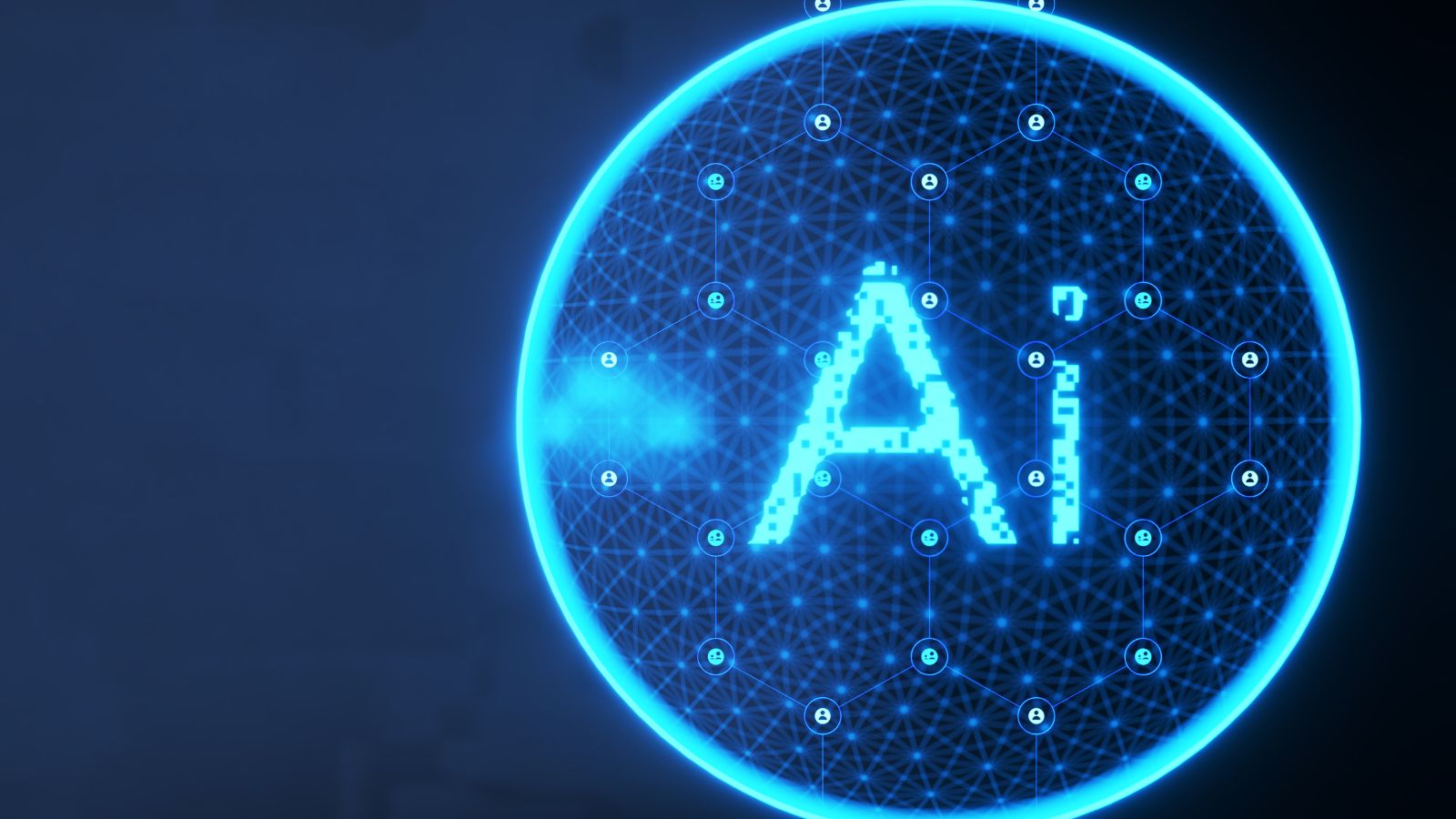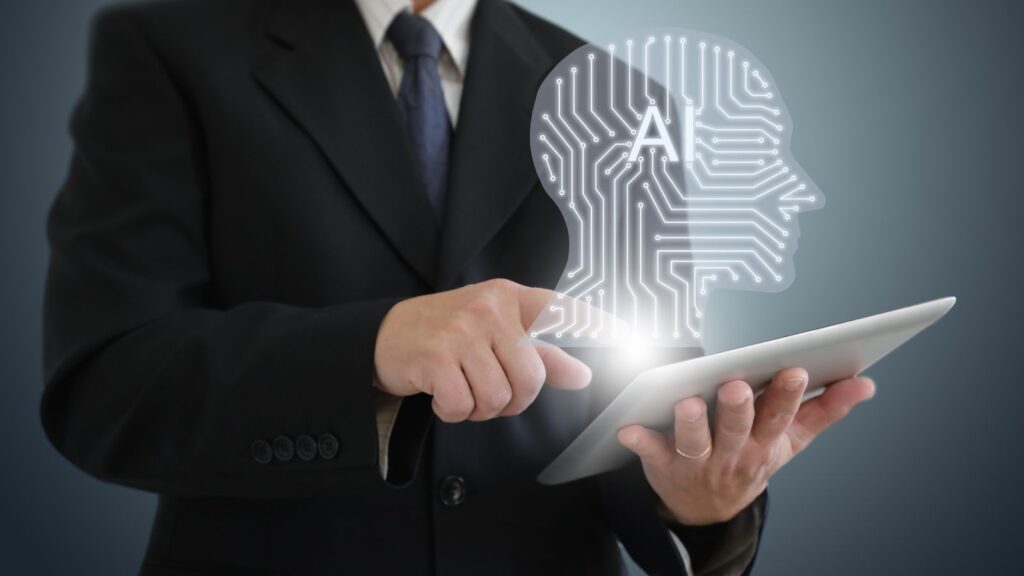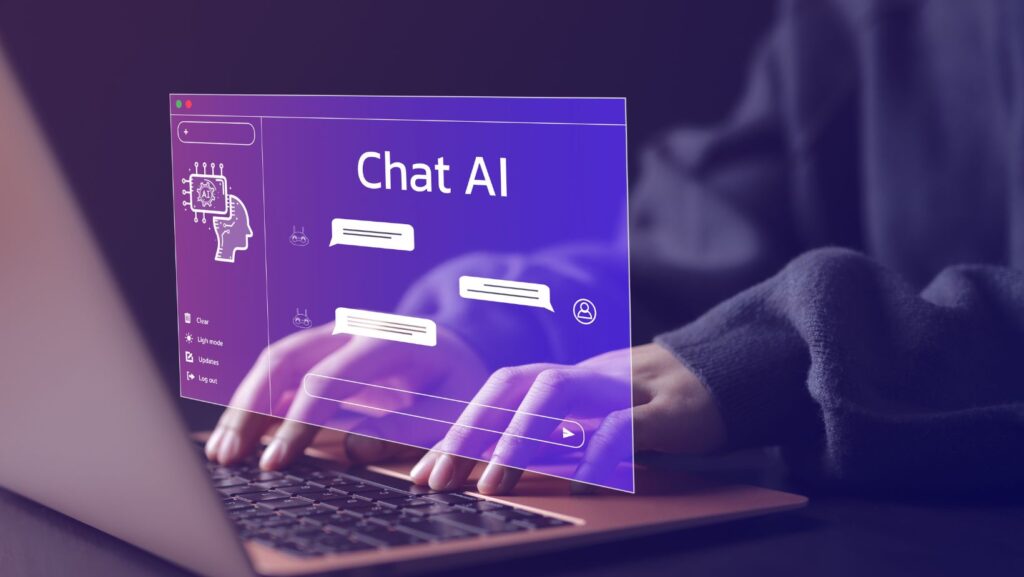With the rapid advancement of artificial intelligence, the emergence of Retrieval-Augmented Generation (RAG) technology marks a significant milestone in the evolution of AI language models. Designed to overcome the limitations inherent in traditional large language models, RAG combines retrieval mechanisms with generation capabilities to enhance the accuracy and relevance of generated content. By understanding RAG technology, we can appreciate how it is redefining language model capabilities.
For a deeper dive into RAG’s technical architecture, continue reading to understand RAG LLM through this comprehensive article.
What is RAG?
Retrieval-Augmented Generation (RAG) is an innovative approach in the field of natural language processing. It integrates the powerful generation capabilities of language models with a retrieval component that draws on vast external datasets to improve the quality of outputs. Unlike traditional language models, which rely solely on pre-trained internal datasets, RAG dynamically incorporates external information to provide more contextually relevant responses.
- Definition and Technical Overview: At its core, RAG leverages a retrieval system to fetch pertinent data from an indexed knowledge base, which is then synthesized with the model’s generative capabilities. This hybrid mechanism ensures that the language model can access and utilize real-time information.
- How RAG Differs from Traditional Language Models: Traditional models often struggle with the static nature of their knowledge bases, leading to outdated responses. RAG, however, consistently updates its outputs by integrating current data, making it particularly effective in fast-evolving fields.
- Key Architectural Components: The RAG architecture comprises two main components: the retriever, which locates relevant information, and the generator, which crafts coherent responses. This dual system ensures a balance between accuracy and creativity.

Evolution of Language Model Technology
The journey of AI language models has been marked by continuous innovation and adaptation. Historically, these models relied heavily on static datasets, which posed significant challenges in maintaining relevance over time. The dynamic nature of RAG represents a transformative shift in addressing these limitations.
- Historical Context of AI Language Models: Initially, AI language models were limited by their static nature, with knowledge bases that could not evolve without extensive manual updates.
- Challenges with Static Knowledge Bases: The primary limitation of traditional models was their inability to incorporate new information, leading to potentially obsolete or inaccurate outputs.
- RAG as a Transformative Approach: By integrating real-time retrieval with generation, RAG provides a flexible and dynamic solution, offering a more robust, accurate, and contextually aware model.
Technical Mechanics of RAG LLMs
The technical underpinnings of RAG Language Models (LLMs) are crucial to understanding their capabilities. These models effectively combine retrieval processes with generation to deliver precise and contextualized information.
Retrieval Process
The retrieval process in RAG LLMs involves several key steps that enable the model to access and utilize external knowledge bases efficiently.
- Knowledge Base Indexing: This involves organizing and structuring vast datasets to allow for quick and accurate retrieval. Efficient indexing is vital to the success of the RAG system’s retrieval component.
- Query-Based Information Retrieval: The model formulates queries to extract relevant data from its indexed knowledge base. This mechanism ensures that the information retrieved is pertinent to the context at hand.
- Relevance Scoring Techniques: Retrieved data is evaluated using sophisticated scoring methods to ensure relevance and accuracy. This step is crucial for maintaining the integrity of the information used in response generation.
Further insights into these techniques can be found in resources on knowledge base indexing techniques.

Generation and Context Integration
The generation process in RAG LLMs emphasizes the seamless integration of retrieved information with the model’s inherent knowledge, ensuring coherent and contextually appropriate responses.
- Combining Retrieved Information with Model Knowledge: The RAG system synthesizes external data with internal model knowledge, creating responses that are well-informed and contextually nuanced.
- Contextual Response Generation: This step involves crafting responses that not only answer queries accurately but also maintain the flow and context of the conversation.
- Ensuring Coherence and Accuracy: RAG models prioritize the coherence and accuracy of outputs by cross-referencing retrieved data with established knowledge, ensuring responses are both reliable and relevant.
For a more detailed examination of this integration process, explore resources on contextual response generation techniques.
Practical Applications and Future Implications
The practical applications of RAG LLMs span various industries, showcasing their transformative potential. As these technologies evolve, they promise significant impacts across sectors, accompanied by ethical considerations.
Industry-Specific RAG Applications
RAG LLMs are being utilized across diverse fields, offering innovative solutions to complex challenges.
- Healthcare Information Systems: In healthcare, RAG models facilitate accurate information retrieval, aiding in diagnostics and patient care by providing up-to-date medical data.
- Customer Support Enhancement: Businesses leverage RAG technology to improve customer service, delivering precise and timely responses to customer inquiries.
- Research and Academic Knowledge Synthesis: In academia, RAG models assist in synthesizing vast amounts of research data, enhancing the quality and depth of scholarly work.
For more details on these applications, visit our resources on industry-specific AI applications.
Future of AI Language Technologies
As RAG technology continues to advance, it opens new avenues for research and application, promising significant breakthroughs and posing unique challenges.
- Emerging Research Directions: Ongoing research is focused on enhancing the retrieval and generation components, aiming for even greater accuracy and efficiency in RAG models.
- Potential Breakthrough Applications: Future applications may include more sophisticated virtual assistants and enhanced decision-making tools across various sectors.
- Challenges in Scaling RAG Technologies: Despite its potential, scaling RAG technology poses challenges, particularly in terms of computational resources and ethical considerations.
The advent of RAG LLMs marks a new era in AI language models, offering unprecedented capabilities and applications. As we continue to explore its possibilities, RAG stands as a testament to the transformative power of integrating retrieval with generation in AI technologies.



